MapAfrica 2.0: From High 5s to Successful Results
In 2014, DG worked with its partners at AidData to support the African Development Bank (AfDB) to geocode and visualize its portfolio of operations, culminating in the launch of the public-facing MapAfrica platform at the Bank’s Annual Meetings in Kigali. Earlier this year, we were proud to re-engage with our AfDB colleagues to launch MapAfrica 2.0, an updated version of the portal.
“This dynamic tool enables the Bank to provide transparent and equal access to its work across Africa. It is an effort to showcase our results and to track our projects on the ground,” said Simon Mizrahi, Director of the AfDB’s Quality Control and Results Department, during the platform’s unveiling in June. Through its updated interface, MapAfrica underscores project relationships to AfDB’s High 5 Priority Areas – which were developed in line with both the Bank’s Ten Year Strategy, and the Sustainable Development Goals.
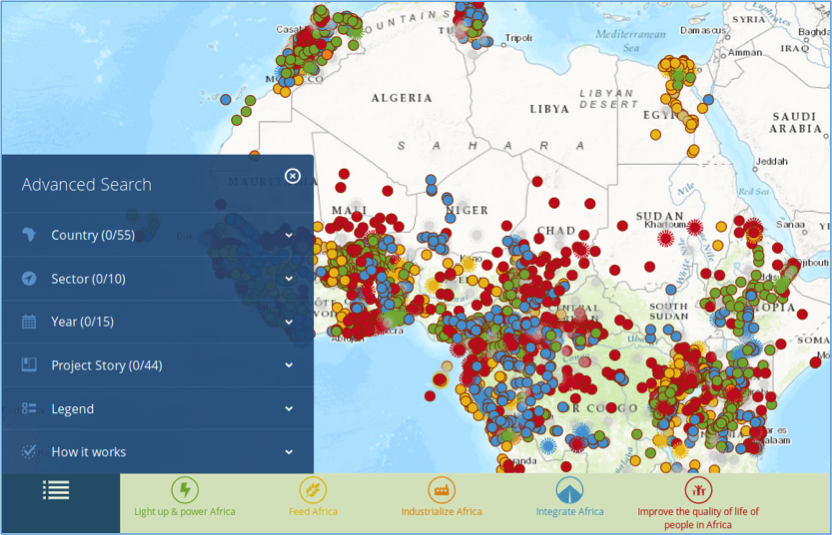
Figure 1: MapAfrica 2.0
MapAfrica provides an easy way for users to pinpoint information through a rich set of filters. A simple one-click navigation opens a view for each High 5 priority area, and users may also search by country, sector, and/or year. Each activity location point provides both high level details, and now project stories – providing users with richer context.
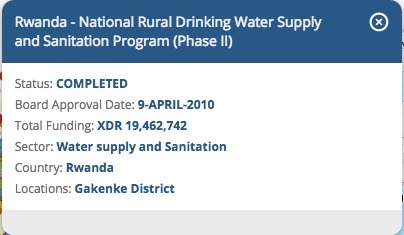
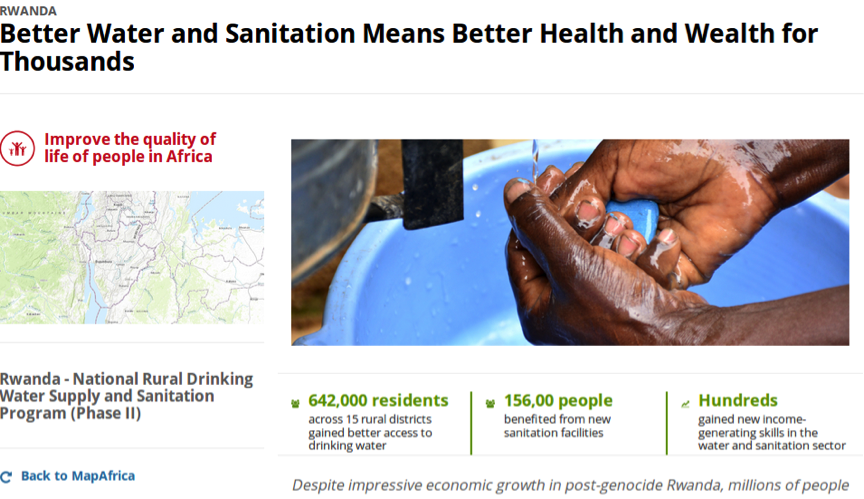
Figure 2: Project detail and corresponding project story
With simplicity and efficiency in mind, the data behind the portal is taken from IATI data reported by AfDB – this avoids duplication efforts around data (re)entry. And, with an easy configuration change, MapAfrica can collect IATI data either from the server, or directly from the IATI Datastore.

Figure 3: IATI import workflow
MapAfrica was built with the latest technology and best practices in mind, and with a responsive design in order to support both desktop and mobile views.
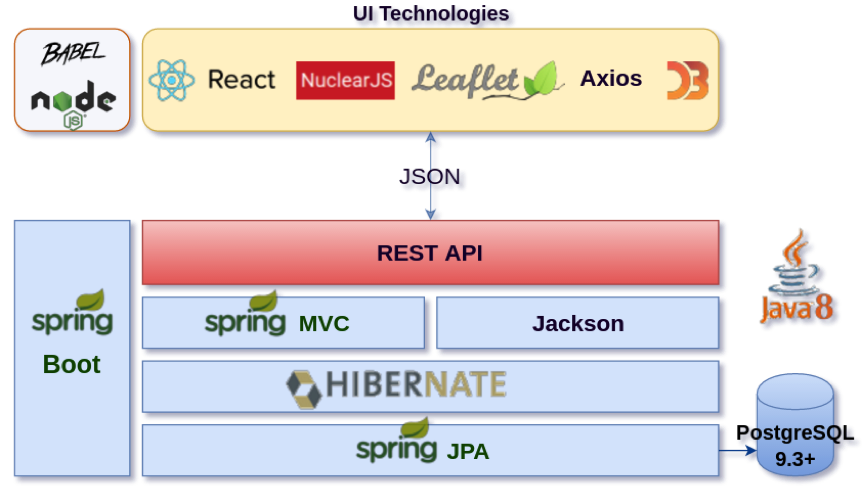
Figure 4: Technology stack
As AfDB seeks to achieve the High 5s, MapAfrica can help Bank staff, stakeholders, and citizens across the continent visualize and learn more about projects meant to improve the future for all.
Image: P. CC BY-NC-ND 2.0
Share This Post
Related from our library
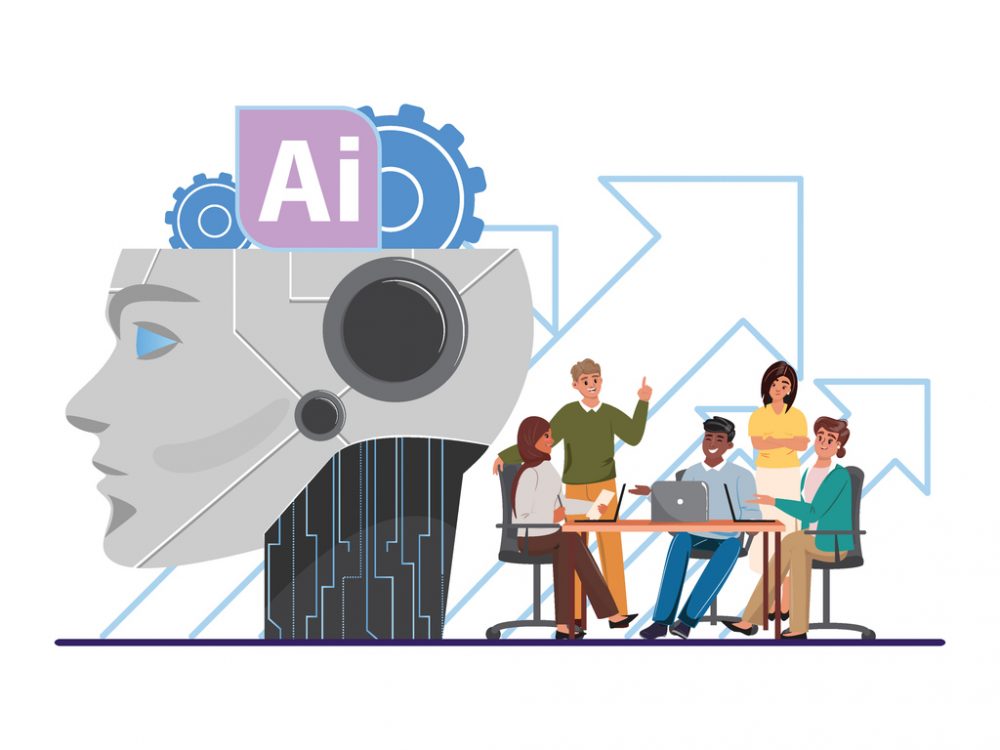
Beyond Kigali: Where Does Africa Go from Here with AI?
As governments, funders, entrepreneurs, and technology leaders rally around the AI moment and move towards actions, at Development Gateway, we are asking a different set of questions: Where is the data, and what is the quality of the data behind the algorithms? How will legacy government systems feed AI tools with fresh and usable data? Are Government ministries resourced to govern and trust the AI tools that they are being encouraged to adopt?

How useful is AI for development? Three things we learned from conversations with development experts
The development world is buzzing with excitement over the idea that new and emerging applications of artificial intelligence (AI) can supercharge economic growth, accelerate climate change mitigation, improve healthcare in rural areas, reduce inequalities, and more. But what does this look like in real life?
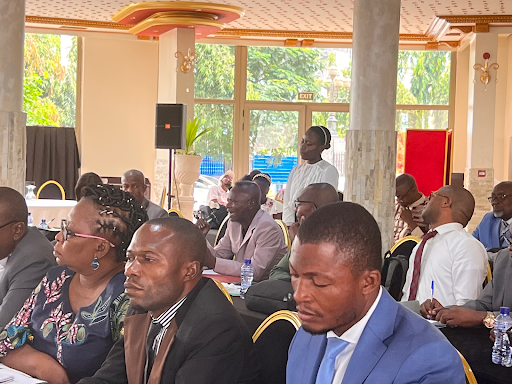
Stakeholder, Where Art Thou?: Three Insights on Using Governance Structures to Foster Stakeholder Engagement
Through our Tobacco Control Data Initiative (TCDI) program and its sister program Data on Youth and Tobacco in Africa (DaYTA), we have learned that creating governance structures, such as advisory boards or steering committees, is one approach to ensuring that digital solutions appropriately meet stakeholders’ needs and foster future stakeholder engagement. In this blog, we explore three insights on how governance structures can advance buy-in with individual stakeholders while connecting them to one another.